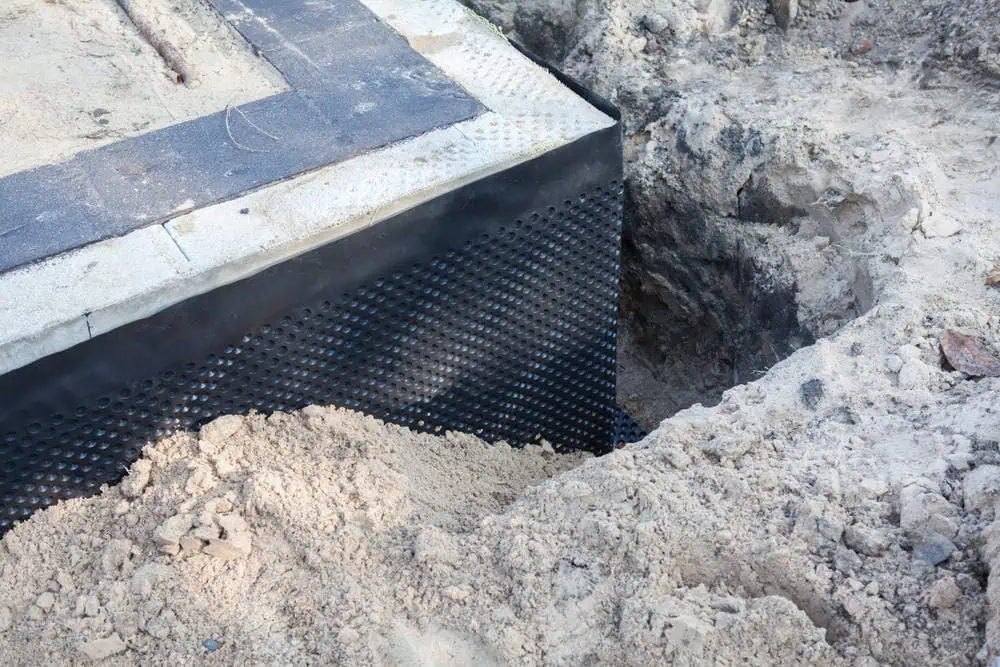Basement Waterproofing in Belmont, MA
Basement waterproofing is essential for protecting homes in Belmont, MA, from water damage, mold, and structural issues. Investing in services from Academy Masonry boosts property value, improves air quality, and ensures a safe, dry environment. Waterproofing demonstrates a commitment to home maintenance, making properties more attractive to buyers and enhancing overall living conditions.



